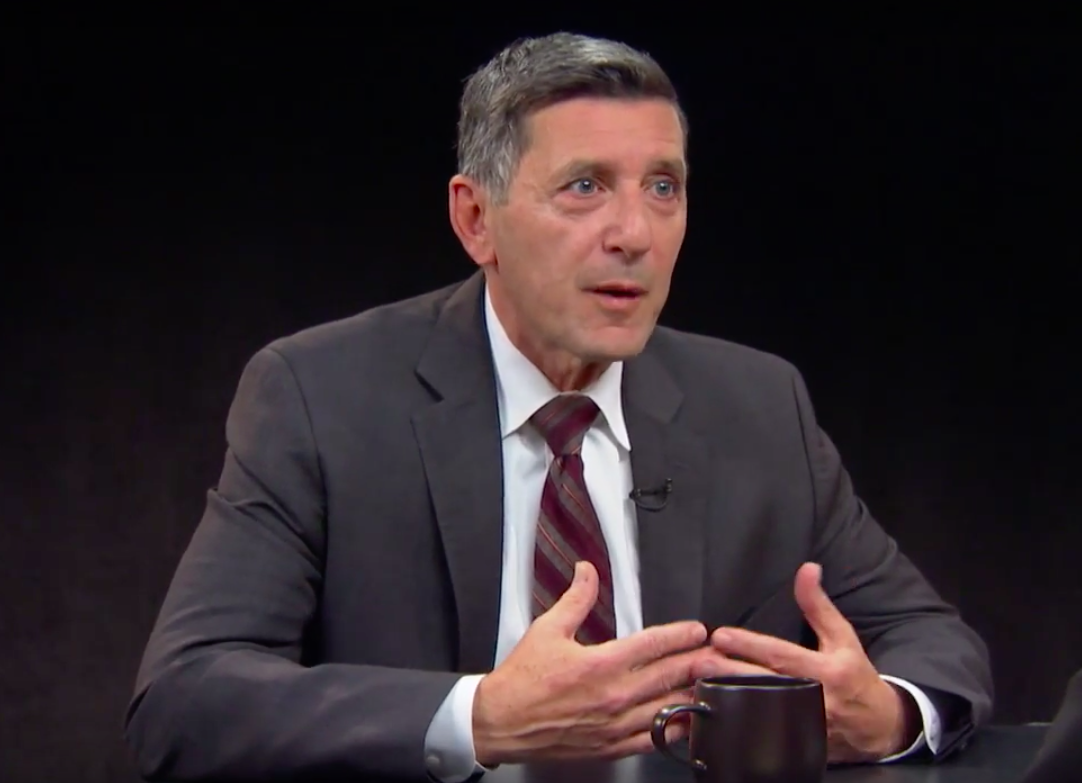
On August 5, Drug Czar Michael Botticelli hosted a web conference for physicians, designed to share and expand new ways to combat the national opioid epidemic. “Stopping the Revolving Door & Saving Lives: Innovative Approaches for Addressing Opioid Overdose and Opioid Use Disorders in Emergency Departments & Other Hospital Settings” was attended by over 600 physicians and first responders across the country. By sharing initial responses that have worked for emergency departments (EDs) with a proven record of saving lives, the ONDCP hopes such successful approaches will spread to other hospitals and first responders.
During the webinar, topics included naloxone training and distribution, buprenorphine and Suboxone induction in the ED, employing recovery coaches to engage patients with opioid use disorder, and how to integrate access to community-based services into initial responses. As opposed to focusing on the why of the opioid epidemic or even the what, the experts highlighted the how in order save lives. Since timing is everything, what is most essential is to open up a patient’s potential access to care.
“Emergency physicians and nurses have a real opportunity to make a difference in the lives of overdose survivors,” said ONDCP Director Botticelli during his presentation. “I challenge you to do your part to help people to get treatment and find recovery.” Since 2000, there has been a 200% increase in the number of overdose deaths involving opioids like painkillers, heroin, and fentanyl, according to the CDC.
During the discussion, Dr. Elizabeth Samuels, a postdoctoral fellow at Yale University School of Medicine, shared the successful results of two Rhode Island programs. By working with community partners and hospital emergency departments to engage patients with opioid use disorders, the programs have been able to provide naloxone kits and training while also connecting those in need to recovery coaches who can help them access treatment and other services. Janice Pringle, PhD, Associate Professor of Pharmacy and Therapeutics at the University of Pittsburgh, described the importance of the “warm handoff” approach where overdose survivors are immediately given access to treatment and other services. By opening the door during a drug user’s moment of crisis, it is much more likely that they will take advantage of treatment opportunities, which they traditionally resist.
The Screening, Brief Intervention, and Referral to Treatment (SBIRT) program is being used in Pittsburgh to drive down healthcare costs by reducing ED readmission rates. Still, as 2016 progresses and the presidential election approaches, only 11% of American citizens suffering from substance use disorder are able to access treatment. President Obama, Director Botticelli and HHS Secretary Sylvia Burwell have repeatedly called on Congress to provide additional resources to ensure that people actually receive the help they so desperately need. With 78 Americans dying every day from an opioid overdose, the time to take action is now.
